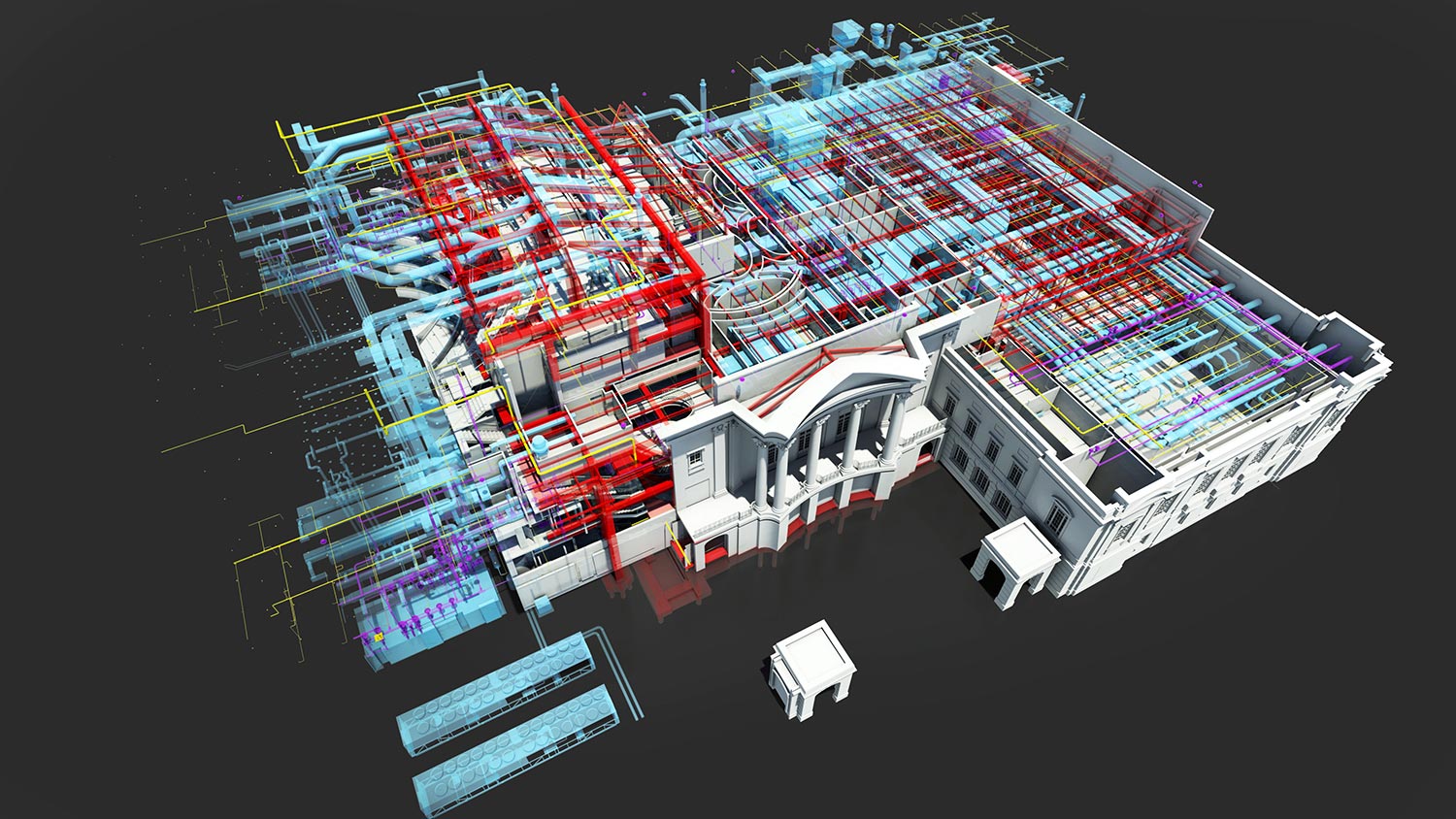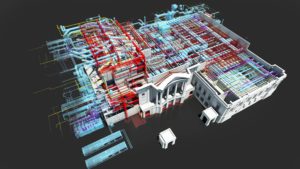Building Information Modeling Implementation and AI Role in this Process
AI • Dec 13,2016

Building Information Modeling Implementation and AI Role in this Process

Artificial intelligence is quickly extending its presence and now tapping into the construction industry. Building information modelling (BIM) is considered to be one of the game-changing elements in the architecture, engineering, and construction (AEC) industry with $8 billion market size by 2020 in different segments such as commercial, educational, residential, healthcare, industrial, entertainment, and sports. BIM is a relatively new technology in an industry typically slow to adopt change. Yet many early adopters are confident that BIM will grow exponentially because of advancement of digital technologies like Mobile, IoT, Big Data, Data Science, Machine Learning and AI.
Building information modeling (BIM) is one of the most promising recent developments in the architecture, engineering, and construction (AEC) industry. With BIM technology, an accurate virtual model of a building is digitally constructed. This model, known as a building information model, can be used for planning, design, construction, and operation of the facility. It helps architects, engineers, and constructors visualize what is to be built in a simulated environment to identify any potential design, construction, or operational issues. BIM represents a new paradigm within AEC, one that encourages integration of the roles of all stakeholders on a project.
In 2011, the UK Cabinet Office published the Government Construction Strategy. In this report, the government stated its intention that, by 2016, it would require “collaborative 3D BIM on all government projects”. This statement was part of the government’s plans to modernise the construction industry, with the ultimate aim of achieving a 20% reduction in costs in the construction and operation of new buildings. Central to achieving this goal is the employment of building information modelling to create a more efficient construction sector.
BIM is not a single piece of software or model, but a new form of information processing and collaboration, with data embedded within the model. Each discipline or organisation creates its own model, and these are subsequently amalgamated to provide a combined view of the entire project. Data is added directly to the model, dictating materials, functions, size and associated information. As documentation remains part of the information set, data can be linked to the elements of the model that it pertains to.
Previously, the design process in the construction industry relied on the systematic multi-stage issuing of drawings and specifications to contractors, from concept design to final construction and beyond. With BIM, it is about bringing together the data and different components to form a coherent set of information.
The key to an effective implementation of BIM is to ensure that all parties are working from a common basis. Often, this is achieved through a document of understanding that is issued at the start of a project. Such a document details the tools that are to be used, methodologies for information interchange, and the level of detail required for each stage of project delivery. Initially, BIM does come with a cost. Personnel need to be trained in the new processes and the adaptation in their design processes by the company.
One of the top technologies that will affect BIM in near future is machine learning. Machine learning explores the study and construction of algorithms that can learn from and make predictions on data without being explicitly programmed. There are three types of machine learning technique- supervised, unsupervised and reinforcement learning. Implementation of machine learning technology in BIM is one of the most challenging research areas among other recent development in digital technology.
Direct integration of machine learning technology in BIM can facilitate in various fronts like – default entity identification from previous similar projects; redundant information deletion through progress of unsupervised learning. Semi-supervised or Supervised learning can upgrade earlier non-BIM project data to sophisticated BIM enabled projects. Reinforcement learning agents can guide for online operations and maintenance. Even off-the-shelf ML development like speech recognition, object detection, object identification or natural language processing using machine learning technology can be used for direct model updating instead of error-prone manual entry.
Like any new process, change takes time, especially in an industry as fragmented as construction. However, the streamlined and cost-effective design process of BIM offers proven cost reduction and quality improvement. Which can be easily achieved with help of artificial intelligence and machine learning.
Author: AI.Business
If you like our articles, please subscribe to our monthly newsletter:
[mc4wp_form id=”763″]
Previos Article Site-Layout Modeling: How AI Can Help Construction Industry?
Next Article How Machine Learning Meets Construction Industry